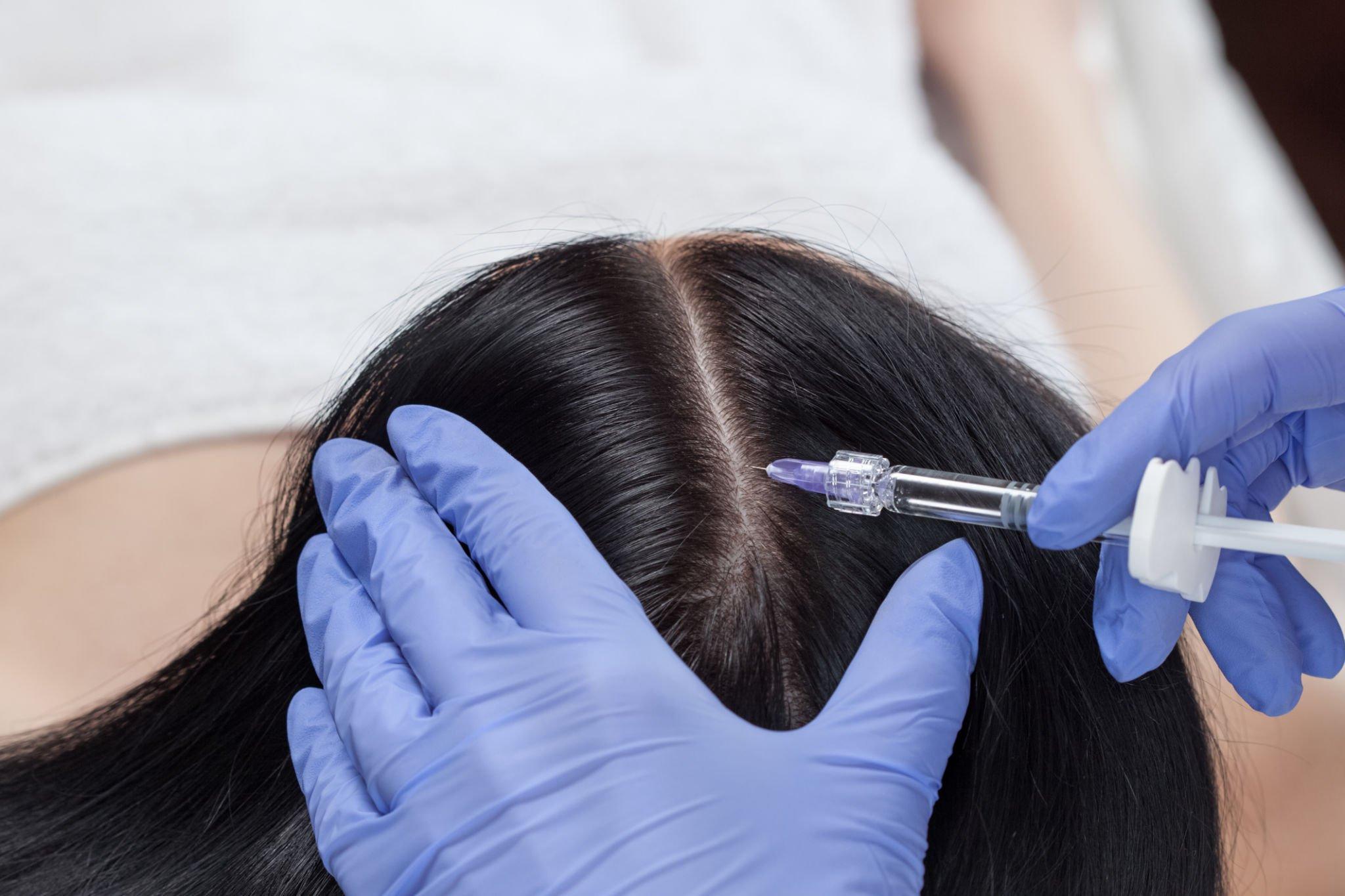Platelet-rich plasma, autologous platelet gel, plasma-rich growth factors (GFs), or platelet-concentrated plasma comprises a concentrated collection of platelets within a small amount of plasma sourced from the individual.
This amalgamation includes multiple growth factors (GFs) and cellular adhesion molecules that play a pivotal role in enhancing wound healing, facilitating angiogenesis, and expediting skin and hair follicles (HFs) revitalization.

Plasmolifting World specializes in the global distribution of medical consumables and equipment related to PRP tubes.
Through an extensive network of established distribution partners across the globe, the company ensures widespread accessibility to its products.
The discovery of PRP’s significance in promoting wound healing and recovery laid the foundation for its application across diverse medical and surgical domains, encompassing:
- Dentistry
- Maxillofacial surgery
- Orthopedic trauma
- Sports injuries
- Cardiovascular procedures
- Gastrointestinal interventions
- Plastic surgery
In contemporary times, it has evolved into an essential instrument within cutaneous and aesthetic surgery.
PRP in interventional dermatology
The following are a few problematic scars where this treatment can be effective.
1. Atrophic acne scars
The application of Platelet-rich plasma has shown notable advancements in mitigating scars, particularly those resulting from acne, exhibiting substantial improvements.
Platelet-rich plasma effectively amplifies the process of wound healing and the renewal of tissues by provoking the synthesis of collagen and elastin.
This acceleration in the healing process contributes to a swifter recovery, considerably reducing the downtime experienced after procedures.
Read also: Moles – All That You Wanted to Know About Them
2. Post-burn scars
Platelet-rich plasma enhances pigmentation and skin texture and alleviates neuropathic pain linked to scars that arise after burn injuries.
The compromised healing observed in burn wounds is fortified by PRP releasing diverse growth factors (GFs).
This release leads to the development of new blood vessels and the formation of fresh collagen, collectively facilitating an improved healing process.
3. Post-traumatic scars and post-surgical scars
In a research investigation that aimed to assess the effectiveness of three distinct approaches in addressing traumatic scars, 60 patients were assigned randomly into three separate groups, each comprising 20 patients.
The intervention explored was the application of fat grafts combined with Platelet-rich plasma, non-ablative laser treatment, and a combined approach involving both procedures.
Upon analyzing the outcomes across these groups, it was evident that the inclusion of PRP yielded a marked distinction in the treatment responses.
Notably, the most productive strategy for scar treatment was observed to be the synergistic utilization of fat grafts mixed with Platelet-rich plasma alongside non-ablative laser resurfacing.
Implementing this combined approach yielded a notable advancement in wound healing, registering a 22% increase compared to using only fat grafts and PRP.

It also demonstrated an 11% increase compared to solely employing the non-ablative 1540-nm laser treatment.
The researchers concluded that incorporating Platelet-rich plasma into the combination of fat grafting and non-ablative 1540-nm laser treatment leads to enhanced sustenance and viability of fatty tissue, culminating in more enduring and substantial corrective outcomes.
Platelet-rich plasma (PRP) was applied to the subcutaneous tissues of surgical wounds before closure as part of a study encompassing 140 elective cesarean delivery patients.
The results of this intervention were remarkable, surrounding a significant reduction in post-operative pain, an enhancement of the wound-healing process, and an overall improvement in the quality of scar formation.


